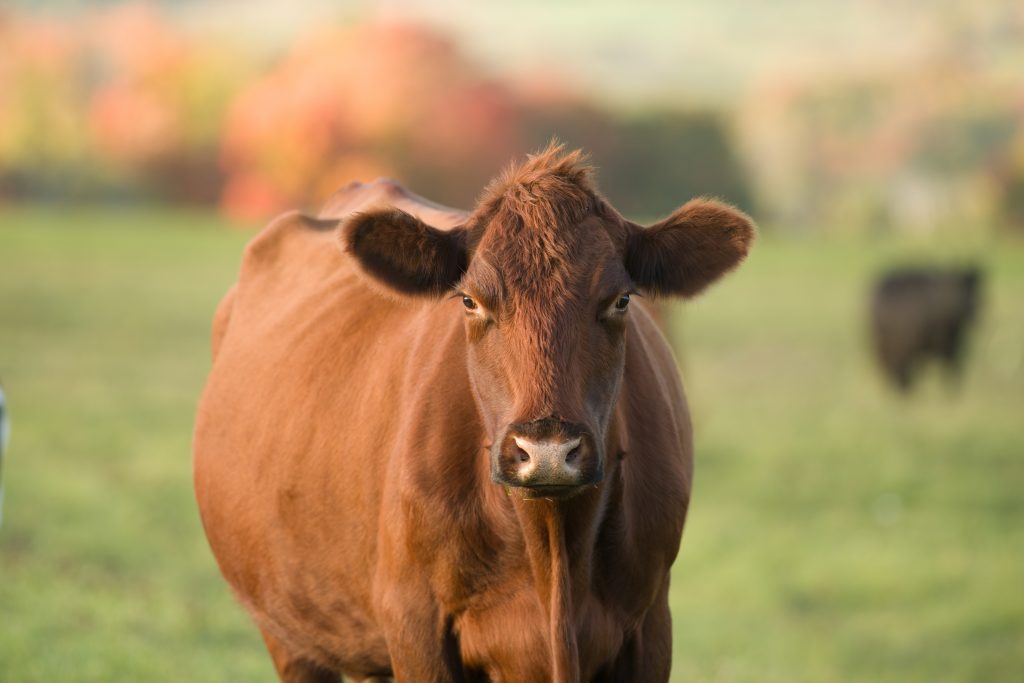
Weekly, Oklahoma State University Extension Beef Cattle Nutrition Specialist Paul Beck offers his expertise on the beef cattle industry. This is part of the weekly series known as the “Cow Calf Corner,” published electronically by Dr. Derrell Peel, Mark Johnson, and Beck. Today, Beck talks about enhancing meat quality before a calf is born.
Meat quality is influenced by various factors that affect the consumer’s eating experience, including tenderness, marbling, and fat composition. While many factors contribute to the final product, beef producers play a key role in shaping meat quality through their management and nutritional decisions, even before an animal is born.
Production systems vary widely based on climate and economics, but management choices made before birth can significantly impact meat quality. Key decisions include breed selection and maternal nutrition.
Breed type affects meat quality. Bos taurus breeds, such as Angus and Hereford, tend to have higher marbling scores than Bos indicus breeds. Crossbreeding beef and dairy genetics can optimize efficiency and carcass quality, with research ongoing to determine the best breed combinations for superior meat characteristics.
A dam’s uterine capacity and diet during pregnancy directly impact the offspring’s muscle development, fat composition, and overall meat quality. Intrauterine growth restriction can limit muscle fiber development and reduce marbling. Proper maternal nutrition helps mitigate these effects. Studies show that protein supplementation during gestation improves marbling and meat tenderness, while both undernutrition and overnutrition of the beef cow during gestation can negatively impact carcass traits of their calves.
Feeding antioxidant-rich diets to pregnant cattle can enhance the offspring’s meat quality by improving shelf life and flavor stability. Research suggests that plant-based antioxidants, such as rosemary and thyme, can reduce fat oxidation, preserving meat tenderness and taste.
Beef producers have a significant influence on meat quality through breeding choices and nutrition management. Understanding these factors and implementing best practices from conception through finishing can lead to higher-quality beef, improving both consumer satisfaction and market value.
Reference: Beck, P.A., Beck, M.R., Apple, J.K., 2024. Production systems and nutrition. In: Encyclopedia of Meat Sciences III, vol. 1. https://dx.doi.org/10.1016/B978-0-323-85125-1.00029-6. ISBN: 9780323851251

















